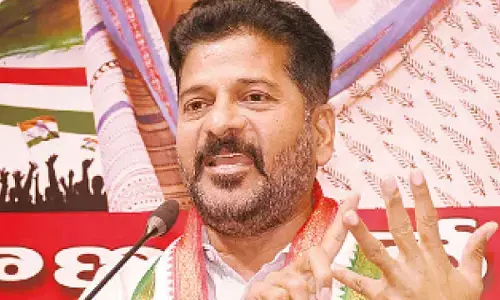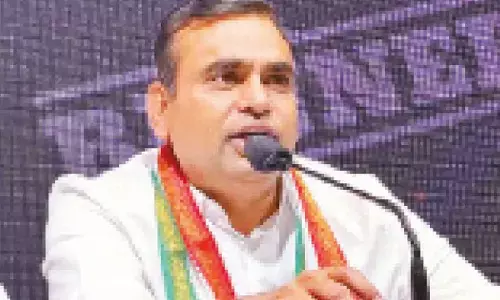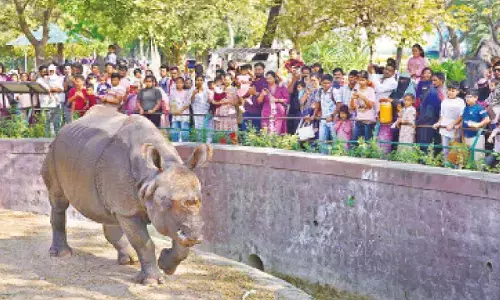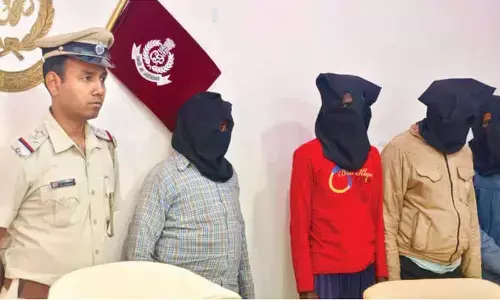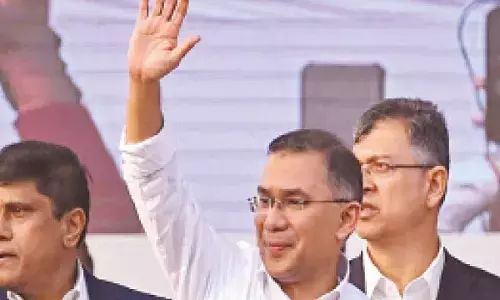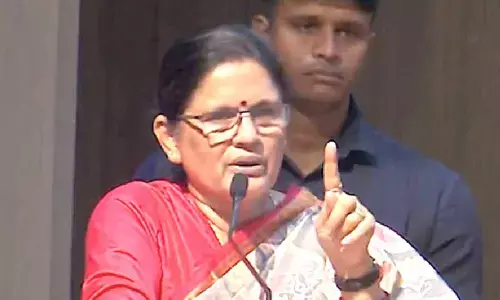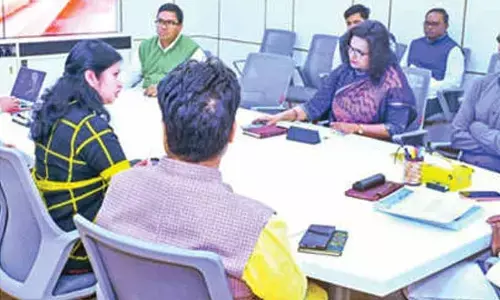Creating the magic with Lenses and practical effects
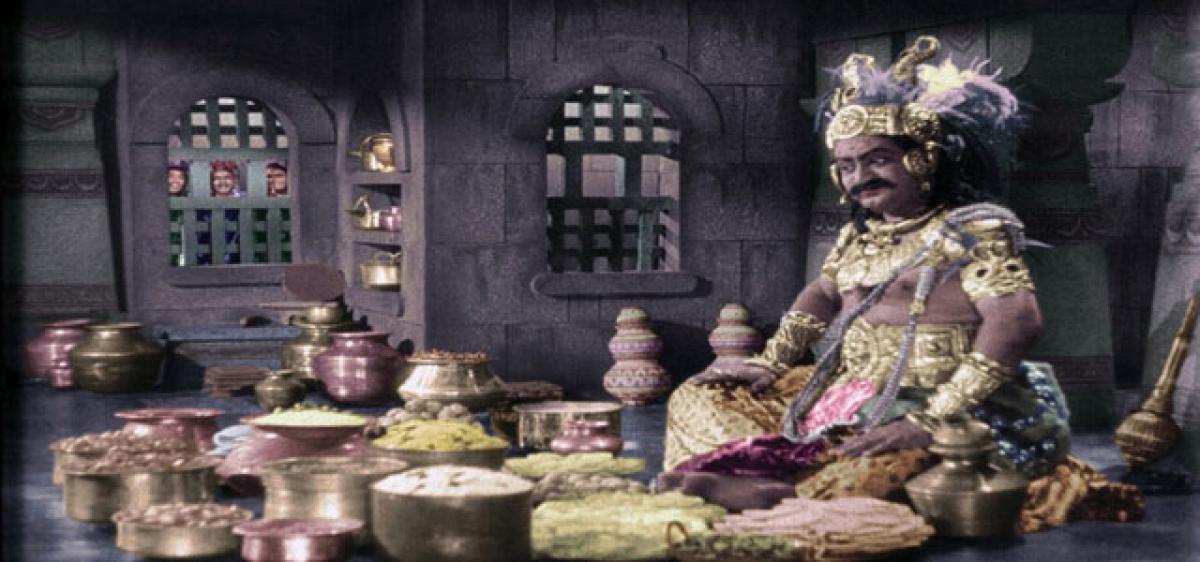
This was a stunning scene from Bapu’s ‘Sita Kalyanam’ (1976) and many still recall till date with awe and reverence. Much of its brilliance was down to the number of visual effects in the scene and all those were shot with a combination of practical effects and lenses. Ace cinematographer Ravikanth Nagaiach made all those effects possible by exposing the film multiple times, a feat not many has do
Stunning visual effects were realised on the screen in the times when CGI was not even heard of. Cinematographers of the yore, achieved the feat with judicious application of practical effects and use of lenses
This was a stunning scene from Bapu’s ‘Sita Kalyanam’ (1976) and many still recall till date with awe and reverence. Much of its brilliance was down to the number of visual effects in the scene and all those were shot with a combination of practical effects and lenses. Ace cinematographer Ravikanth Nagaiach made all those effects possible by exposing the film multiple times, a feat not many has done before.
Films these days even though are mostly social dramas, depend on computer generated imagery (CGI) to generate desired visual effects on screen. However, back in 50s, 60s and 70s, where most of the movies are either based on epics or folklore stories, had lot of visual effects, which cinematographers back then managed through sheer application of mind and of course combination of lenses and practical effects.
Nagaich was introduced as cinematographer by NT Rama Rao in his directorial ‘Sitarama Kalyanam’ (1961). Then young Nagaich shot many visual effects laden scenes with aplomb. One of the still talked about scenes include the one in which 10-headed Ravana played by NT Rama Rao lifts, Kailasa Mountain on which Lord Siva is dancing with goddess Parvati.
In KV Reddy’s ‘Pathala Bhairavi’ (1951), legendary cinematographer Marcus Bartley shot hair raising introduction scene for antagonist Mayala Marati. SV Ranga Rao was seen decapitated and yet his head chants praises of goddess. While this scene was still fresh in the minds of cinegoers, Bartley in all time classic ‘Mayabazaar’ (1957) made audience go bonkers with never seen before effects.
SV Ranga Rao’s Ghatotkacha gobbling laddus is the most talked about scene and the lensman took as many as four days to shoot the song “Vivahabhojnambu...” which contains the scene. The evergreen song “Lahiri Lahiri...” was shot at Ennore near Madras (now Chennai) at noon. The outdoor shooting lasted only for 10 to 15 seconds but Bartley created the illusion of moonlight and ‘Mayabazar’ is the first Indian film to do so.
Director B Vithalacharya, who gained fame for folklore movies shot many films with plenty of visual effects. He and his cinematographers achieved the feat with practical effects and his runaway hit ‘Jaganmohini’ (1978) stands a testimony for extensive use of practical effects.
Bartley, Nagaich and Aloysius Vincent belong to now rather extinct category of cinematographers, who are known for what layman calls ‘trick photographer’. Perhaps, Gen X might recognise works of Vincent, who managed effects as good as CGI with lenses in 90s. His works in Raghavendra Rao directed films like ‘Sahasaveerudu Sagarakanya’ (1996) and ‘Annamayya’ (1997) were an example of his prowess.
The climax scene in which, ‘Nandakam’ (sword) unites with Lord Venkateswara in movie ‘Annamayya’ was shot without any CGI, so was the scene in which ‘Nandakam’ descends from heaven to earth. With demise of Vincent two years ago, the breed of cinematographers, who use practical effects and lenses to get required visual effect on screen, are no more.










